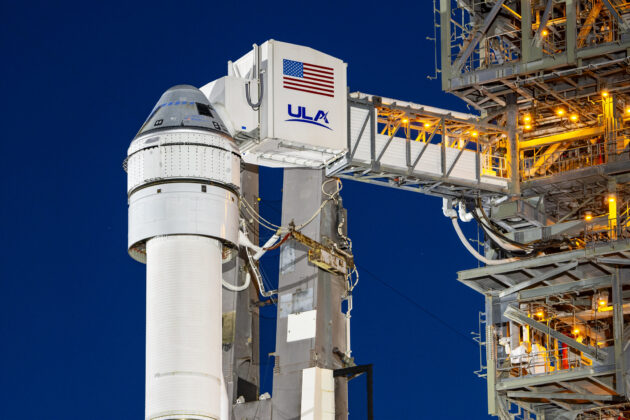Boeing’s Starliner space capsule, set to be launched on its United Launch Alliance Atlas V rocket, has experienced delays in its first crewed flight test. The original launch attempt was scrubbed on May 6 due to concerns about a valve on the rocket’s upper-stage oxygen tank. Following the scrub, the Starliner and rocket were rolled back for further testing at Cape Canaveral Space Force Station in Florida. Engineers discovered a small helium leak in the Starliner service module’s thruster flange, but believe they have developed operational solutions to address the issue. Liftoff is now scheduled for May 21, with NASA astronauts Butch Wilmore and Suni Williams set to crew the mission to the International Space Station.
NASA and Boeing have faced setbacks and cost overruns in the development of the Starliner program. The delays have been due to technical issues and the need for additional testing to ensure the safety and reliability of the spacecraft. Despite the challenges, the goal is for Starliner to join SpaceX’s Crew Dragon in providing regular crew flights to and from the space station. Boeing has taken on additional expenses, as required by their fixed-price contract with NASA for the development of the Starliner spacecraft.
Following the valve issue on the Atlas V rocket, which prompted the initial delay in the crewed flight test, the valve was replaced and passed a round of tests. However, a helium leak was detected in one of the Starliner service module’s thrusters, requiring additional testing and development of solutions. Engineers are confident that the issue can be addressed without needing to replace the thruster flange, allowing for the May 21 launch schedule to remain on track.
The crewed flight test of Boeing’s Starliner space taxi has been rescheduled for May 21 to allow for further testing and preparation. The mission, which will include a weeklong shakedown cruise to the International Space Station and back, will be crewed by NASA astronauts Butch Wilmore and Suni Williams. This test flight is crucial in demonstrating the capabilities and reliability of the Starliner spacecraft for future crewed missions to the space station.
With the delays and technical issues that have plagued the Starliner program, Boeing and NASA have been working to address the challenges and ensure the spacecraft’s readiness for crewed flights. The cost overruns and delays have been significant, but both parties are committed to the success of the program. The May 21 launch date represents a significant milestone in the development of the Starliner spacecraft and will be a key test of its capabilities for future crewed missions.
Despite the setbacks and challenges faced by the Starliner program, the rescheduled crewed flight test on May 21 represents an important step forward for Boeing and NASA. The mission will provide valuable data and insights into the spacecraft’s performance and reliability, helping to pave the way for future crewed missions to the International Space Station. The successful completion of this test flight will be a major milestone for the Starliner program and a key achievement in the efforts to expand human space exploration capabilities.


